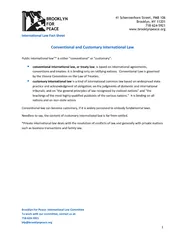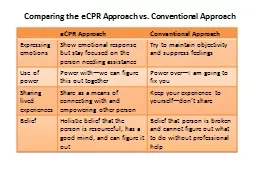PPT-Understanding Conventional
Author : nonhurmer | Published Date : 2020-08-28
and Genomic EPDs Dorian Garrick dorianiastateedu Suppose we generate 100 progeny on 1 bull Sire Progeny Performance of the Progeny Sire Progeny 30 lb 15 lb 10
Presentation Embed Code
Download Presentation
Download Presentation The PPT/PDF document "Understanding Conventional" is the property of its rightful owner. Permission is granted to download and print the materials on this website for personal, non-commercial use only, and to display it on your personal computer provided you do not modify the materials and that you retain all copyright notices contained in the materials. By downloading content from our website, you accept the terms of this agreement.
Understanding Conventional: Transcript
Download Rules Of Document
"Understanding Conventional"The content belongs to its owner. You may download and print it for personal use, without modification, and keep all copyright notices. By downloading, you agree to these terms.
Related Documents














